Living Fossils at the Washington Park Arboretum
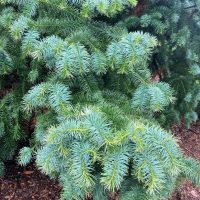
The term ‘living fossil’ was coined by Charles Darwin in his book, Origin of Species in 1859. Although definitions can vary, a living fossil generally refers to an organism that has remained in the fossil record for an unusually long time span with seemingly very little change. These organisms are fascinating case studies in plant evolution. Here are some of the living fossil plants that can be found in the Arboretum:
1) Taiwania cryptomerioides Coffin Tree
This coniferous tree species is native to eastern Asia and is the only surviving member of its genus, descending from the middle Jurassic Period.
Read moreUW Farm Weekly Dirt: Eliminating Weeds Without Chemicals

Despite the cold snap we have been experiencing in Seattle, the UW Farm is hard at work preparing and planting our first crops across the Farm’s three campus locations.
Read moreHemlocks of the World
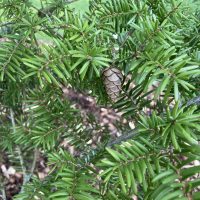
Ten species of hemlock (Tsuga) are found across North America and Asia. When young, all species have a tell-tale drooping top or leader. The largest species, Western Hemlock (Tsuga heterophylla), is a common forest tree in the lowland Northwest. A popular landscape tree, Mountain Hemlock (Tsuga mertensiana) is native to higher elevation forests of the Northwest. Check out some of the other hemlocks in the Arboretum collection!
Read moreSeven Urban Park Organizations Selected for Central Park Conservancy Institute for Urban Parks 2022 Partnerships Lab
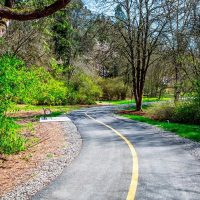
We’re excited to share the news that UWBG, the Arboretum Foundation, and Seattle Parks & Recreation have been selected to participate in the Central Park Conservancy’s 2022 Partnerships Lab program!
Read moreUW Farm Monthly Dirt: Kale and Peanuts Pesto Recipe
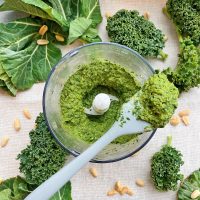
Tired of just salad or sautéing your kale? What about some bright, nutty kale and peanuts pesto? Made with just a few simple ingredients you probably already have in your pantry. Super quick, super easy. All you need to do is to whizz everything together. It goes well with pasta, bread, pizza, sandwiches, and more!
Read moreBark for Midwinter Interest
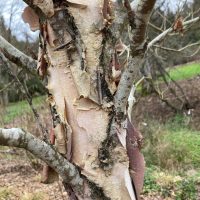
1) Betula nigra River Birch
Native to the eastern U.S., B. nigra typically inhabits the banks of ponds and waterways, often where the ground is inundated for several weeks at a time.
In stark contrast to other white-barked species, trunks of B. nigra are often forked very low and are covered with large flakes of curling, blackish bark.
This tree can be found along Arboretum Creek, just east of parking lot #19 (the ‘Birch’ lot).
Scientific Print-making: An Interdisciplinary Program at UW Botanic Gardens

As humans, our brains are hardwired to see patterns in the world around us. These natural patterns can be found everywhere, from within plants and animals to the laws of physics and mathematics. Both sciences and the arts can help us understand the world around us. In the United States, these disciplines are traditionally taught separately from each other. But more recent educational practices like STEAM (Science Technology Engineering Arts and Maths) are about learning about these topics in an interdisciplinary way by using cross-disciplinary skills like observation, critical thinking, and problem-solving.
Read moreLunar New Year and the Legend of the Mai Flower

Each country has its own traditions associated with the new year. For Vietnamese families, we love to decorate our homes with the yellow Mai flower (Ochna integerrima). As if on cue, the buds push forth an explosion of delicate golden flowers during the days leading up to Lunar New Years, called Tết in Vietnamese. Read more about the legend surrounding the beautiful Mai flower.
Read moreChampion Trees of the Washington Park Arboretum

A champion tree is the largest tree of a species. These trees are measured using the American Forests points (AF points) which is calculated based on the trunk circumference, the height, and the average crown spread to give a point value. The Arboretum has many champion trees which were identified by Robert Van Pelt in his 2003 book, “Champion Trees of Washington State”.
Read moreWinners of the 2021 Snow Trials!

1) Betula albosinensis var. septentrionalis Chinese Red Birch
These beautiful birches show off the delicate pink, cream, and copper colors of their peeling bark in the Witt Winter Garden.
The delicate twigs of the birch shed snow, while the trunk bark glows in comparison to the white.
“Septentrionalis” generally means “northern” and refers to the seven oxen which make up the Ursa Major constellation in the northern sky.